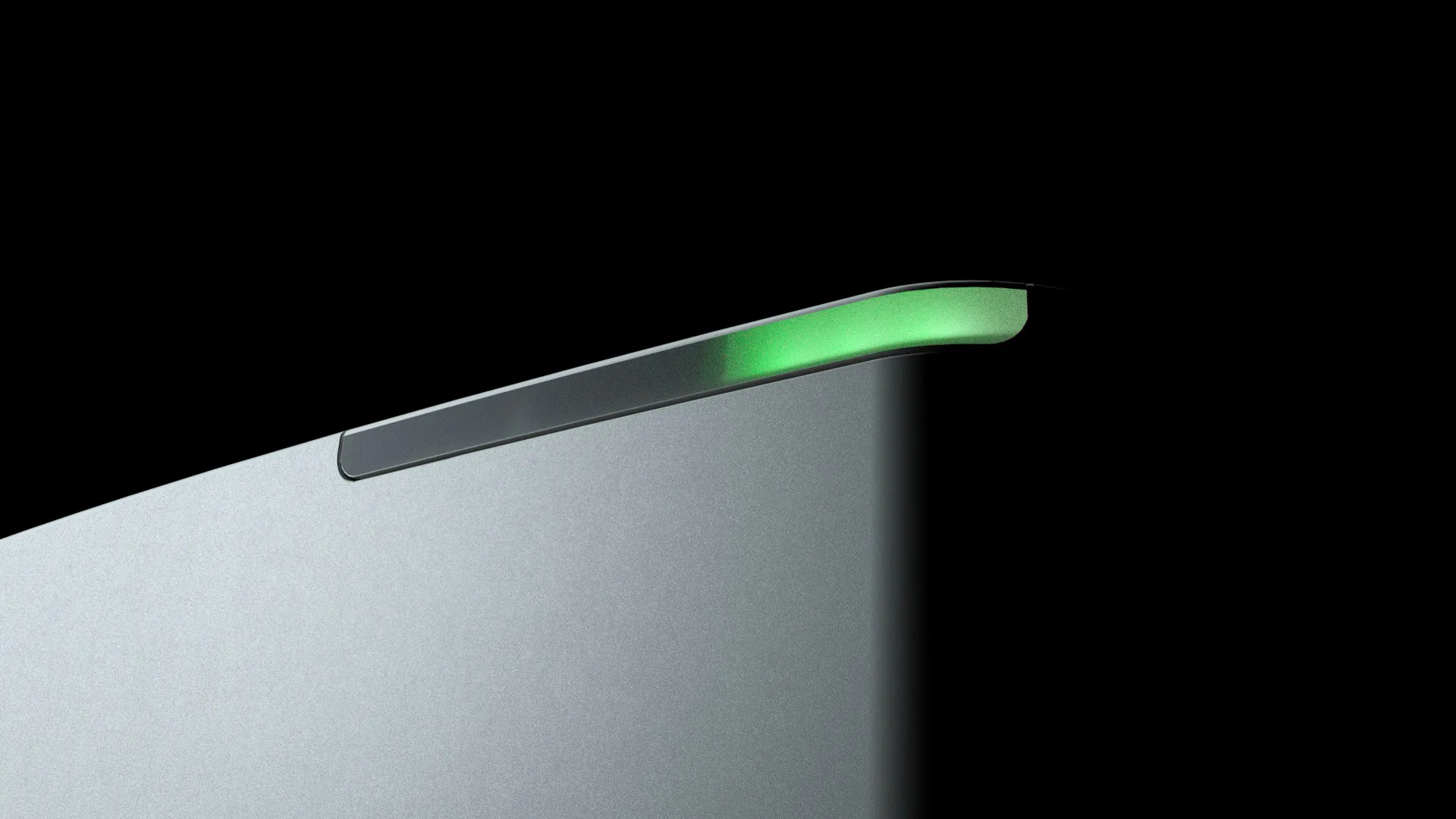
A Structural Characterization of a Monoclonal Antibody Therapeutic as Formulated and Under Multiple Conjugation Paradigms
Authors:
Richard H. Huang1, Christine S. Nervig2, Valerie I.Collins1, David J. Sloan1, Shawn C. Owen3
- RedShiftBio, Burlington, MA
- Department of Medicinal Chemistry, University of Utah
- Department of Pharmaceutics and Pharmaceutical Chemistry, Department of Medicinal Chemistry, Department of Biomedical Engineering, University of Utah
Abstract:
Antibody Drug Conjugates (ADCs) combine the targeting and specificity of a monoclonal antibody (mAb) with the cytotoxicity of a small molecule therapeutic.Biophysical characterization of the conformation and higher-order structure(HOS) of the mAb before and after drug conjugation is critical to understanding the stability and resulting efficacy of the ADC and requires the ability to detect subtle changes in secondary structure. Microfluidic Modulation Spectroscopy (MMS), developed and commercialized by RedShiftBio, is a novel infrared-based biophysical technique that combines a quantum cascade laser(QCL) with a modulated sample/buffer stream that feeds into a microfluidic optical flow cell. MMS provides robust, hands-free protein secondary structure analysis with much greater sensitivity than traditional technologies over a wide concentration range of 0.1 to > 200 mg/mL and overcomes conditions that are challenging for traditional spectroscopic techniques. In this study, a commercial mAb was characterized by MMS directly in its formulation buffer to understand the stand-alone higher-order structure for this important mAb therapeutic. In addition, the mAb therapeutic was characterized at a variety of different drug-antibody ratios utilizing both non-specific labeling and click-chemistries for the drug conjugation to understand their effects on themAb structure. Finally, the MMS results were compared to other biophysical techniques such as DLS, DSC, and ITC.


